Understanding What is Cloud Security Monitoring
- Nitin Yadav
- Knowledge
About
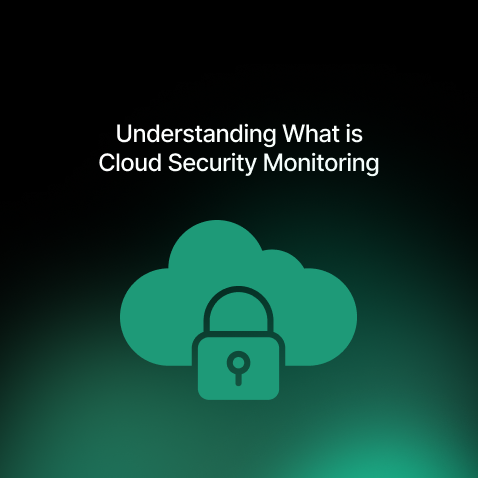
Boost security with cloud security monitoring. Enjoy early threat detection, real-time alerts, and compliance. Explore solutions now!
Industries
- AWS, SRE
Share Via
Businesses are moving to the cloud. And the extent may surprise you – over 51% of global organizations plan to increase investments in cloud security, focusing on incident planning, response, and threat detection tools.
So, what is this phenomenon? Cloud security monitoring is the continuous process of observing and analyzing cloud-based resources to detect and respond to potential security threats.
By keeping a vigilant eye on your cloud environment 24/7, you can swiftly detect and mitigate threats before they cause significant damage during your cloud migration.
Ready to dig deeper into how this whole process actually works? Through this guide, we will take you through a comprehensive briefing on how you can seamlessly integrate cloud migration and feel the operations of your business bloom. Let’s break it down step by step.
How Does Cloud Security Monitoring Actually Work?
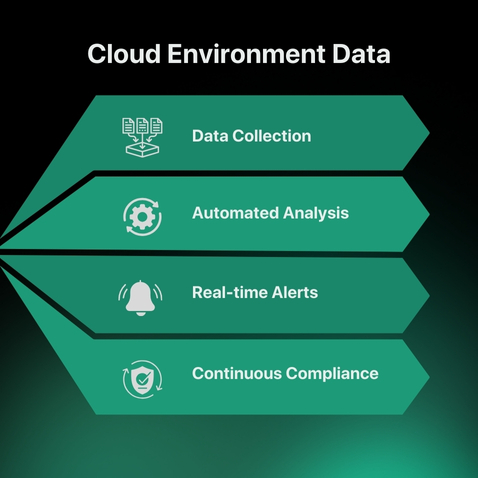
The cloud security monitoring process can be broken down into four main steps as stated below:
1. Data Collection and Aggregation
The first step is to gather a wide range of data from across your cloud environment. This includes logs from servers, applications, and network devices, as well as network traffic data and user activity records. All this information is aggregated into a central location for analysis.
2. Automated Analysis
With so much data to sift through, manual analysis isn’t feasible. Tools like new relic use advanced techniques like machine learning (ML) and pattern recognition to come into play. These algorithms are trained to identify unusual patterns and anomalies that could indicate a security threat, such as a brute-force login attempt or data exfiltration.
3. Real-time Alerts
Speed is critical when it comes to containing threats. When the monitoring system detects suspicious activity, it immediately sends alerts and automated calls, depending on the severity of the activity, to your security team. This allows them to investigate the issue and take necessary remedial actions quickly. Many solutions offer customizable alerts and integration with incident response workflows.
4. Continuous Compliance
Cloud security monitoring isn’t just about detecting active threats. It also helps ensure your cloud environment continuously complies with relevant security standards and regulations, such as HIPAA, PCI DSS, or GDPR. Automated auditing and compliance checks identify any deviations from these standards, allowing you to address them promptly.
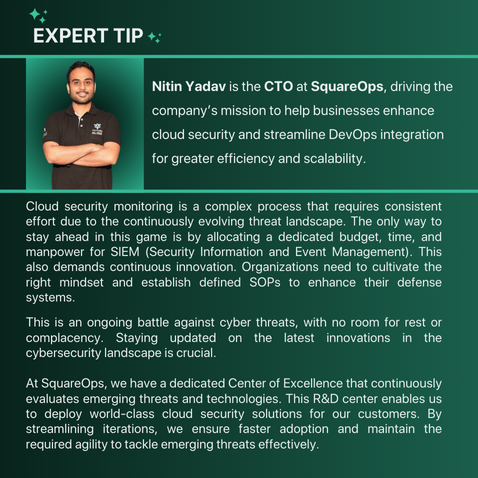
Now that you know what it takes, let’s look at what you should be looking for when you’re out shopping for a cloud security monitoring solution.
Key Features To Look For in Cloud Security Monitoring
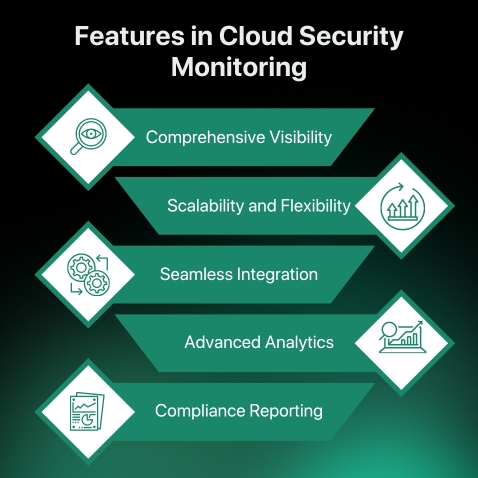
What sets the elite apart? Here are some key features and capabilities to prioritize in your search.
Comprehensive Visibility
Your monitoring solution must provide a unified view of your entire cloud environment. This includes visibility across different cloud platforms (AWS, Azure, Google Cloud), as well as on-premises resources if you have a hybrid setup. Gaps in visibility create blind spots that attackers can exploit.
Scalability and Flexibility
As your cloud environment grows and evolves, your monitoring solution must be able to keep up. Look for a tool that can easily scale to handle increasing data volumes and adapt to changes in your infrastructure without impacting performance.
Seamless Integration
Your cloud security monitoring tool should work harmoniously with your existing security stack and workflows. The ability to integrate with SIEM, incident response platforms, and other tools enables a more streamlined and efficient security operation. APIs and pre-built integrations are key to look for.
Advanced Analytics
With the vast amounts of security data generated in the cloud, basic rule-based monitoring isn’t sufficient. Look for solutions that leverage artificial intelligence and machine learning, behavior analytics, and anomaly detection to identify sophisticated threats that evade traditional defenses.
Compliance Reporting
83% of organizations have expressed concerns about data sovereignty, underscoring the importance of compliance in cloud environments.
If your organization is subject to regulatory standards, choose a monitoring tool that provides out-of-the-box compliance reporting and auditing capabilities. This will significantly simplify the compliance process and reduce the burden on your teams.
Now you know what to look for, but do you know what to solve for? Let’s talk about the hurdles you might face on this cloud security journey.
Top Cloud Security Application Monitoring Tools
Efficiently managing cloud applications begins with the right tools. These user-friendly, feature-rich tools help you stay on top of performance, ensuring seamless operations. Here’s a quick overview:
- Datadog
Datadog is an all-in-one monitoring platform that unifies insights on both application and infrastructure performance. Its compatibility across various cloud environments makes it an adaptable and versatile option.
- Prometheus
An open-source powerhouse, Prometheus excels at collecting and managing time-series data, making it ideal for Kubernetes environments. It tracks your metrics, keeping you up-to-date with the health of your systems.
- New Relic
New Relic stands out with its advanced analytics, powered by AI and machine learning, to detect anomalies and predict potential issues. Its customizable dashboards and flexible query language make deep dives into performance data easy for teams, enabling more effective troubleshooting.
- Grafana
Grafana is a powerful tool for visualizing and analyzing data. With support for over 100 data sources, including AWS and Zabbix, it lets users consolidate different metrics into fully customizable dashboards for better insights.
- AWS CloudWatch
For AWS users, CloudWatch acts as your cloud’s central monitoring system. It tracks everything from performance metrics to logs, providing a comprehensive view of your AWS resources’ health.
- Elastic
Elastic Observability is a powerful tool that helps you monitor your applications and infrastructure across different cloud platforms like AWS, Google Cloud, and Azure. It uses the Elastic ELK Stack to gather and analyze logs, metrics, and traces from these services, giving you a clear view of how everything is performing.
Integrating These Tools with Atmosly
Atmosly, our self-service DevOps platform simplifies the integration of these top monitoring tools into your applications. It offers a security-first approach throughout the entire Software Development Life Cycle (SDLC) while managing cloud resources, pipelines, and workloads.
Atmosly enhances operational intelligence by integrating tools like Prometheus, Grafana, the ELK stack, and premium options like Datadog and New Relic. The platform makes implementing and managing these monitoring tools easier, ensuring robust security and continuous performance tracking across your cloud applications.
Ready to enhance your application security and performance? Contact our team, and let’s work together to safeguard your digital infrastructure.
Common Challenges in Cloud Security Monitoring
While cloud security monitoring is undeniably essential, it’s not without its challenges. Some issues faced by organizations are listed below:
Data Overload
The cloud generates a tremendous amount of security data. Sifting through this deluge of data to identify genuine threats is a daunting task. Without proper tuning, monitoring tools can generate an overwhelming number of alerts, leading to “alert fatigue.” Security teams may struggle to separate the real threats from the noise, allowing crucial indicators to slip through the cracks.
Complexity of Multi-Cloud Environments
Many organizations utilize multiple cloud platforms, each with its own unique security controls and data formats. Achieving centralized visibility and consistent monitoring across these disparate environments is a significant challenge. Incompatibilities between cloud-native monitoring tools can further compound the issue.
Shortage of Cloud Security Skills
The rapid adoption of cloud computing has created a skills gap in the cybersecurity workforce. Organizations often struggle to find and retain professionals with the necessary expertise to implement and manage cloud security monitoring effectively. This shortage can lead to misconfigurations, blind spots, and increased risk exposure.
Insider Threats
Human error accounts for 82% of cloud security breaches, often due to misconfigurations and lack of visibility.
Not all threats originate from outside the organization. Insiders, whether malicious or negligent, can pose a significant risk to cloud security. Detecting and mitigating insider threats is particularly challenging, as their activities often blend in with legitimate user behavior.
Despite these challenges, the benefits of robust cloud security monitoring are hard to ignore. Let’s explore what advantages you stand to gain.
The Benefits of Cloud Security Monitoring
Implementing a strong cloud security monitoring strategy requires effort and resources, but the benefits far outweigh the costs. Here’s what you can expect:
Rapid Threat Detection and Response
The primary benefit of cloud security monitoring is the ability to identify threats quickly. By continuously analyzing security data, monitoring tools can detect indicators of compromise (IoCs) in near real-time. This enables your security team to respond swiftly, minimizing the impact of potential breaches.
Continuous Compliance and Audit-Readiness
Robust monitoring helps ensure your cloud environment remains compliant with relevant security standards and regulations. By automating compliance checks and generating detailed audit trails, monitoring tools simplify the compliance process. You can easily demonstrate to auditors and stakeholders that appropriate security controls are in place and functioning effectively.
Operational Efficiency and Cost Optimization
Cloud security monitoring provides valuable insights into your cloud resource utilization and user behavior patterns. This information can help you identify opportunities to optimize your cloud spend, such as eliminating unused resources or right-sizing instances.
Improved Collaboration and Incident Response
Advanced monitoring solutions often include collaborative features that facilitate better communication and coordination during security incidents. Real-time alerts, shared dashboards, and integrated incident response workflows help break down silos between security, IT, and DevOps teams. This leads to faster and more effective incident resolution and defines the difference between on-site vs cloud monitoring.
Looking for a deeper explanation?
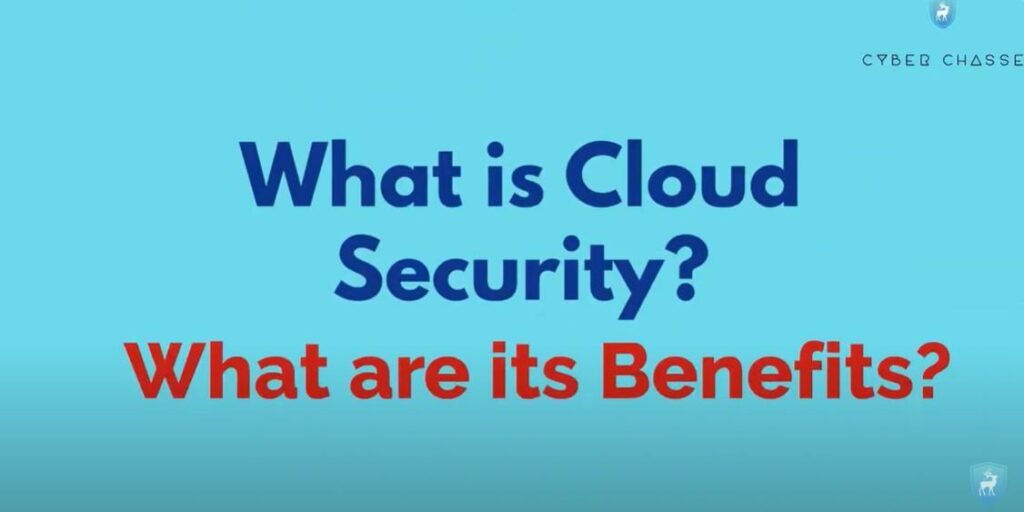
Youtubers Cyber Chase explains in this video the benefits of cloud security in a detailed and precise manner.
Drooling at the prospect of all these benefits? Great! Let’s check out some popular tools that could make cloud security monitoring a breeze.
Tools are ineffective without implementation, aren’t they? Here are some best practices you might want to follow for the best results.
Best Practices for Effective Cloud Security Monitoring
People search far and wide for the best solutions! Don’t believe us? Here is a thread of users discussing the best solutions!
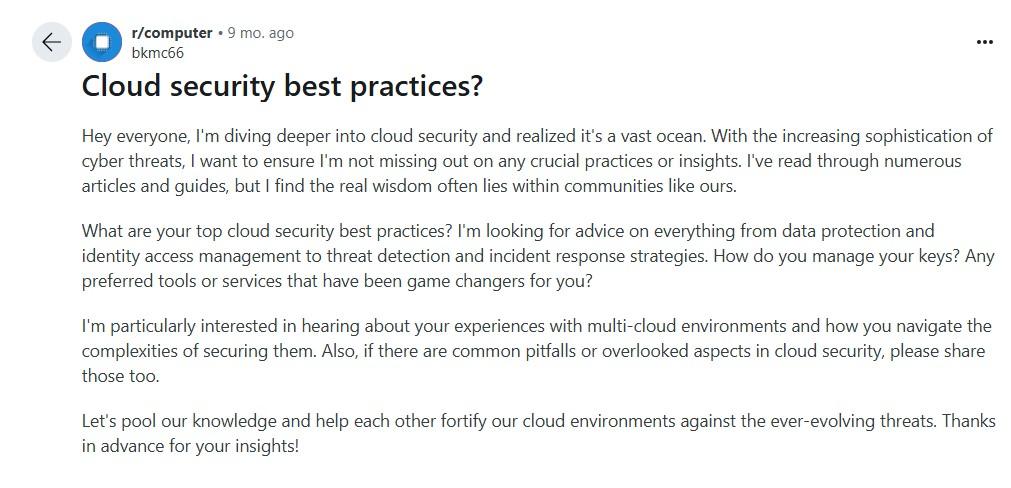
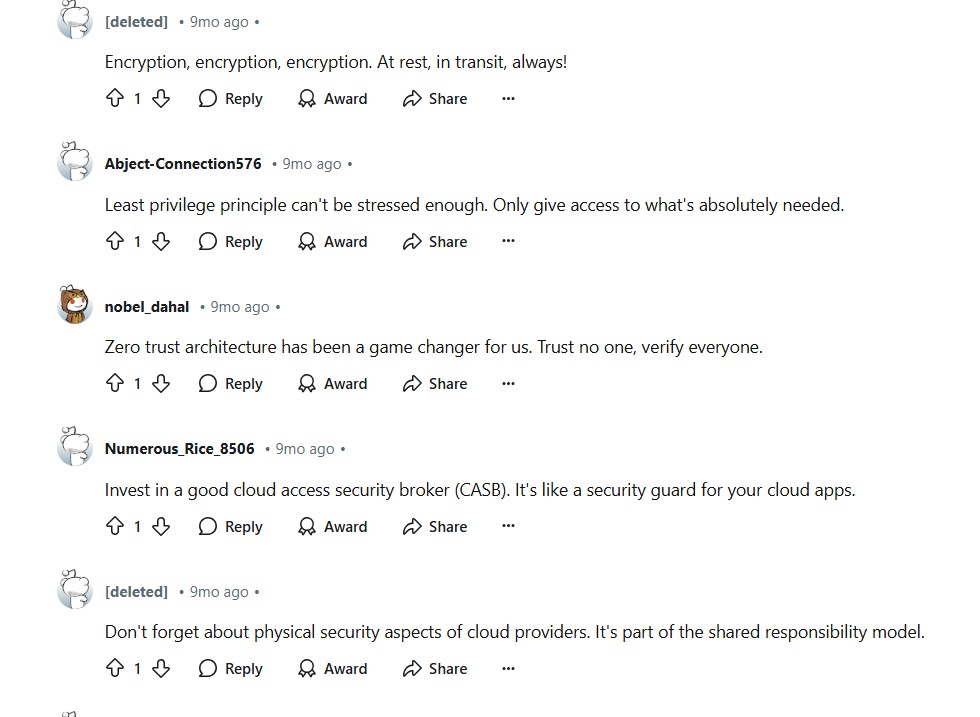
As the discussion conveys, implementing cloud security monitoring is not a one-and-done task. To get the most value out of your monitoring efforts, consider the following best practices listed below:
Define Clear Monitoring Objectives
Before diving into implementation, clearly define what you want to achieve with cloud security monitoring. Align your monitoring strategy with your organization’s overall security goals and compliance requirements. This will help guide your tool selection and prioritization of monitoring activities.
Establish a Baseline and Monitor for Deviations
To effectively detect anomalies, you first need to understand what “normal” looks like in your cloud environment. Establish baselines for key metrics such as resource utilization, network traffic patterns, and user behavior. Configure your monitoring tools to alert you when deviations from these baselines occur.
Implement Least Privilege Access
The principle of least privilege is crucial in the cloud. Ensure that users and entities only have the permissions necessary to perform their intended functions. Regularly review and adjust access controls to maintain a tight security posture. Monitoring tools should alert you to any unusual privilege escalations or unauthorized access attempts.
Integrate with Incident Response Workflows
Cloud security monitoring is most effective when integrated with your incident response processes. Ensure that your monitoring tools can trigger automated response actions, such as blocking suspicious IP addresses or quarantining compromised instances. Regularly test and update your incident response playbooks to ensure smooth coordination.
Conduct Regular Security Assessments
While automated monitoring is essential, it’s not a substitute for hands-on security testing. Periodically conduct vulnerability scans, penetration tests, and configuration audits to identify potential weaknesses in your cloud environment. Use the findings to fine-tune your monitoring rules and prioritize remediation efforts.
Train and Upskill Your Team
Cloud security monitoring tools are only as effective as the people using them. Invest in training and upskilling your security team to ensure they have the necessary knowledge and expertise to configure, manage, and respond to monitoring alerts effectively.
Keep up with the latest cloud security trends and best practices through continuous learning and certification programs.
And there you have it! Let’s wrap it up and see how you can get started with securing your cloud environment.
Final Thoughts
Knowledge is a blunt tool without direction and implementation. And that is where SquareOps comes in. We provide end-to-end cloud security services, from design and implementation to 24/7 monitoring.
Our certified cloud security professionals have deep expertise in leading cloud platforms like AWS (read our comprehensive guide on the same), Azure, and Google Cloud.
Make safety proactive, not reactive. Learn more about our cloud security monitoring solutions and schedule a consultation.
And just for your benefit, here are a few frequently asked questions we always get during our consultations.
Frequently asked questions
Cloud security monitoring focuses specifically on securing resources and data in cloud environments, whereas traditional on-premises monitoring deals with security within an organization’s local network and infrastructure.
Yes, advanced cloud security monitoring solutions can detect insider threats by analyzing user behavior patterns and identifying anomalies.
Cloud security monitoring plays a crucial role in maintaining compliance with various security standards and regulations, such as HIPAA, PCI DSS, and GDPR.
Most cloud providers, such as AWS, Azure, and Google Cloud, offer native security monitoring tools that provide basic visibility and threat detection capabilities.
Integrating cloud security monitoring with your existing security stack is crucial for effective threat detection and response.
Implementing and managing cloud security monitoring requires a combination of technical and strategic skills. Organizations often struggle to find professionals with the necessary cloud security skills.
The cost of cloud security monitoring varies depending on factors such as the size and complexity of your cloud environment, the specific monitoring tools, and features you require, and whether you opt for in-house monitoring or managed services.
Your cloud security monitoring strategy should be regularly reviewed and updated to keep pace with the dynamic nature of cloud environments and the evolving threat landscape.
Related Posts
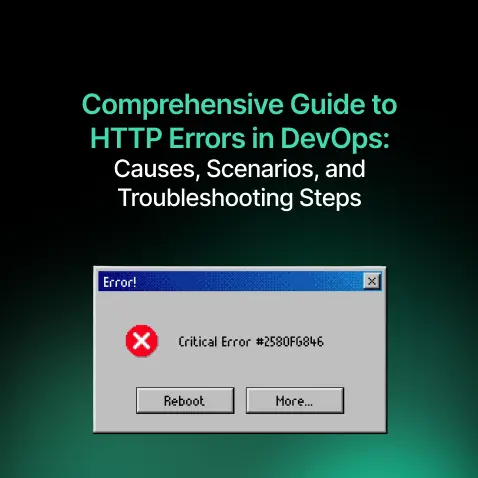
Comprehensive Guide to HTTP Errors in DevOps: Causes, Scenarios, and Troubleshooting Steps
- Blog
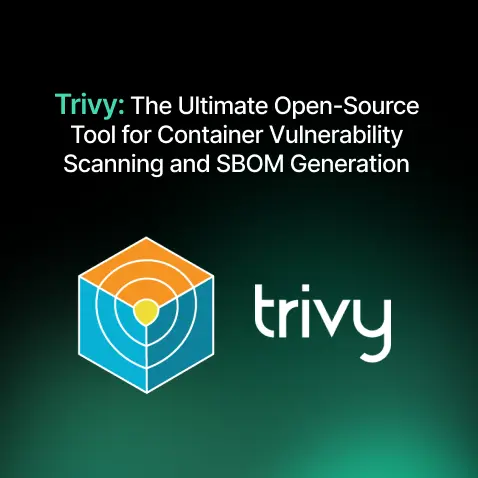
Trivy: The Ultimate Open-Source Tool for Container Vulnerability Scanning and SBOM Generation
- Blog
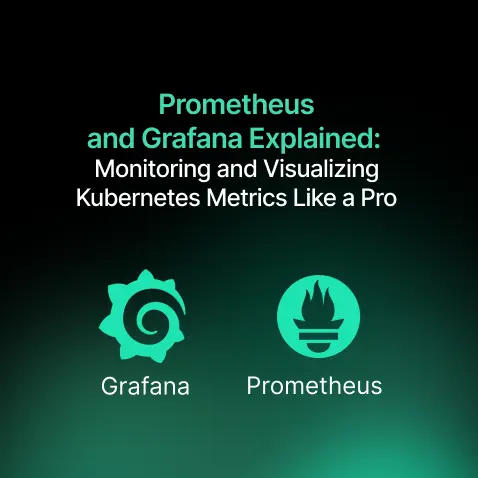
Prometheus and Grafana Explained: Monitoring and Visualizing Kubernetes Metrics Like a Pro
- Blog
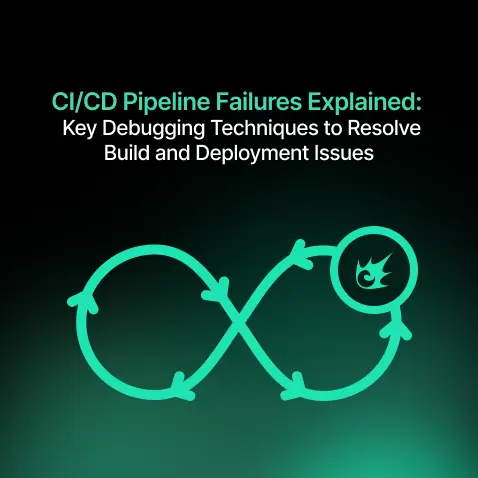
CI/CD Pipeline Failures Explained: Key Debugging Techniques to Resolve Build and Deployment Issues
- Blog
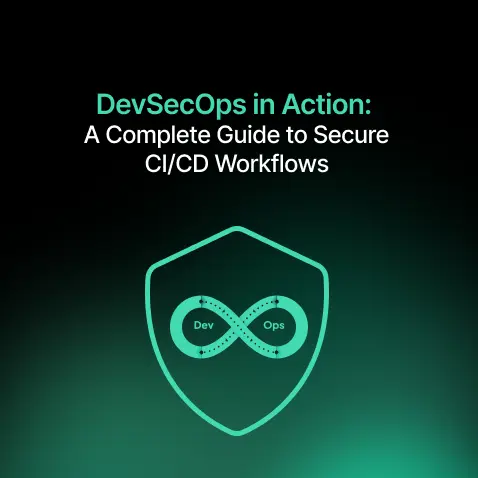
DevSecOps in Action: A Complete Guide to Secure CI/CD Workflows
- Blog
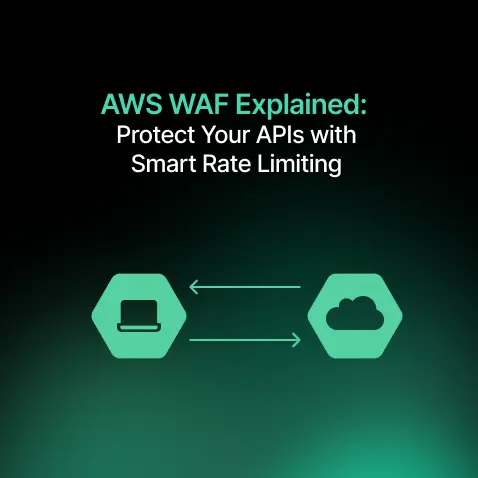
AWS WAF Explained: Protect Your APIs with Smart Rate Limiting
- Blog

